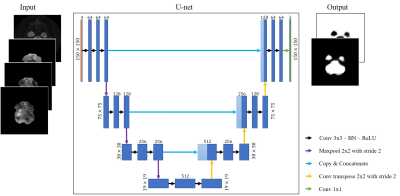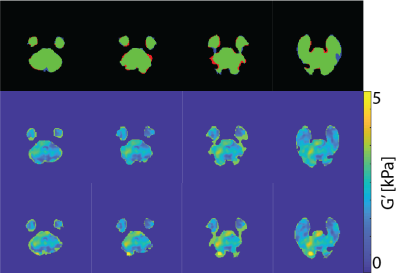Aaron Thomas Anderson1,2, Siddharth Muralidaran3, Alexander M Cerjanic1,4, Bradley P Sutton1,4, Mark A Anastasio1,4, and Frank J Brooks1,4
1Beckman Institute for Advanced Science & Technology, University of Illinois at Urbana-Champaign, Urbana, IL, United States, 2Stephens Family Clinical Research Institute, Carle Foundation Hospital, Urbana, IL, United States, 3Electrical & Computer Engineering, University of Illinois at Urbana-Champaign, Urbana, IL, United States, 4Bioengineering, University of Illinois at Urbana-Champaign, Urbana, IL, United States
1Beckman Institute for Advanced Science & Technology, University of Illinois at Urbana-Champaign, Urbana, IL, United States, 2Stephens Family Clinical Research Institute, Carle Foundation Hospital, Urbana, IL, United States, 3Electrical & Computer Engineering, University of Illinois at Urbana-Champaign, Urbana, IL, United States, 4Bioengineering, University of Illinois at Urbana-Champaign, Urbana, IL, United States
A deep learning network was trained to automate brain masking for multiband, multishot spiral MR elastography displacement imaging. The automated masking did not change displacement data quality and saves hours of manual masking.

Figure 2: (left) Example of 4-channel input image; (right) Corresponding 2-channel output predicted by the U-net; (center) U-net architecture – blue boxes represent feature maps with the number of channels denoted on top of the box. The arrows represent operations as described by the legend.

Figure 3: (top) Comparing manual mask with deep learning method mask: agreement (green) and overshoot (blue) and undershoot (red) of the deep learning method. Elastograms of the manual mask (middle) and deep learning mask (bottom). Both the manual and the deep learning mask have similar elastograms.
